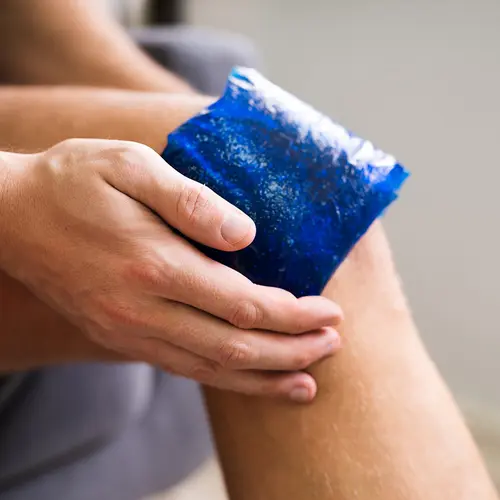An accurate and early diagnosis of psoriatic arthritis will help you avoid the damage and deformity it can cause.
Your doctor will make a decision based on:
- Your symptoms
- A physical exam
- Your medical history and your family's medical history
- Lab tests
No single thing will diagnose psoriatic arthritis, but blood tests, imaging, and other tests can help your doctor. They may want to give you certain tests that check for rheumatoid arthritis, because it can look a lot like psoriatic arthritis.
Along with your symptoms, the most telling signs are the skin and nail changes you get with psoriasis, or specific changes in your X-rays.
You may get referred to a rheumatologist -- doctors who specialize in treating arthritis, including psoriatic arthritis, and other conditions of the joints, bones, and muscles. A rheumatologist can diagnose psoriatic arthritis and make a treatment plan. The sooner you do that, the sooner you’ll start to feel better and protect your joints from damage.
Symptoms and Family History
Psoriatic arthritis usually shows up between ages 30 and 50, but it may start in childhood. Both men and women get it. Many people have the skin disease psoriasis first.
Your doctor will look at your body and ask about the symptoms you've been having, which might include:
- Joint pain, stiffness, and swelling
- Fatigue
- Tenderness, pain, or swelling where tendons and ligaments attach to bones
- Swollen fingers or toes
- Patches of red, itchy skin
- Thick silver or gray scaly areas on your skin
- Changes or problems with your fingernails or toenails
- Redness and swelling in your eye
Psoriasis and psoriatic arthritis are related to your genes, so if you have a close family member with these skin or joint problems, you're more likely to have them, too.
Psoriatic Arthritis Diagnostic Criteria
It isn’t easy to diagnose psoriatic arthritis -- many of the symptoms are similar to other conditions. Your doctor has a set of things to look for called criteria. These include:
Classification of Psoriatic Arthritis (CASPAR)
This method uses a points system to scale your symptoms. At least 3 points indicates psoriatic arthritis:
- Skin psoriasis
- You have it now = 2 points
- You had it = 1 point
- You have a family history = 1 point
- Nail lesions (pitting, pulling away from the nail bed) = 1 point
- Dactylitis (swollen, sausage-like fingers or toes -- can be present or past) = 1 point
- Negative rheumatoid factor: You don’t test positive for this blood protein that signals rheumatoid arthritis = 1 point
- Juxta-articular (near a joint) bone formation that shows up on X-ray and isn’t bone spurs = 1 point
Tests to Diagnose Psoriatic Arthritis
Blood Tests
These tests can help confirm psoriatic arthritis and rule out other conditions, like rheumatoid arthritis.
- Erythrocyte sedimentation rate (sed rate or ESR): Gives a rough idea of how much inflammation is in your body, which could be caused by psoriatic arthritis. But higher levels can come from other autoimmune diseases, an infection, a tumor, liver disease, or pregnancy, too.
- Rheumatoid factor (RF) and anti-CCP antibody: These tests can rule out rheumatoid arthritis. People with that condition may have higher levels of these in their blood.
- HLA-B27: More than half of people who have psoriatic arthritis with spine inflammation will have this genetic marker. You can get tested to find out if you do.
- Iron tests: People with psoriatic arthritis may have mild anemia, or not enough healthy red blood cells.
X-Rays
These can show cartilage changes or bone and joint damage that suggests arthritis in your spine, hands, or feet. Psoriatic arthritis usually looks different on X-rays than rheumatoid arthritis does.
Bone Density Scan
Because psoriatic arthritis may lead to bone loss, your doctor may want to measure your bone strength. You could be at risk for osteoporosis and fractures.
Joint Fluid Test
A type of arthritis called gout can also cause joint pain. It happens when uric acid builds up in your system and creates crystals in your joint fluid. To rule it out, a doctor can use a needle to take a sample of fluid from one of your achy joints. If uric acid crystals are present, you have gout.

